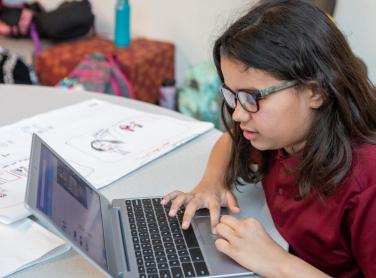
AZ-1 Original: Future engineers learn technology skills together "As One"
Sep 13, 2024 - ASU Preparatory Academy and Girls Who Code have teamed up to prepare future leaders of STEM with valuable tools

Sep 13, 2024 - ASU Preparatory Academy and Girls Who Code have teamed up to prepare future leaders of STEM with valuable tools
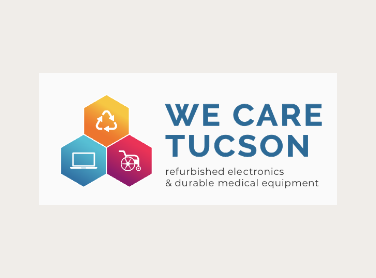
We Care Tucson provides individuals with access to information technology, medical equipment, and supplies. Through the restoration of donated computers and reusable medical devices, including the responsible recycling of non-functional components, we strive to cultivate an equitable and sustainable community in Southern Arizona.
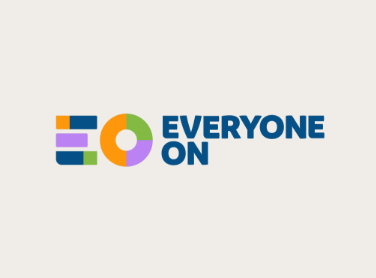
EveryoneOn Arizona is a statewide organization that supports the sign-up process for the Affordable Connectivity Program. They assist individuals and families in applying for affordable internet plans, ensuring that everyone has access to essential online resources and opportunities.
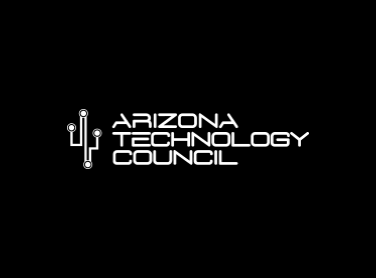
The Arizona Technology Council focuses on promoting technology innovation and workforce development, supporting businesses and startups in the technology sector. ATC provides resources, networking opportunities, and advocacy for technology-related initiatives.
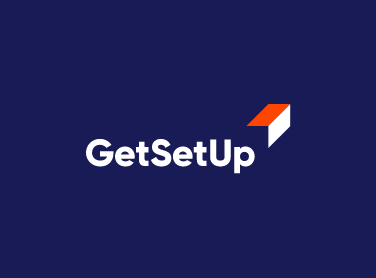
GetSetUp is a virtual older adult learning platform that first focuses on the digital equity/inclusion, then after users understand their device we offer classes in physical health, mental health, workforce development as well as cybersecurity.
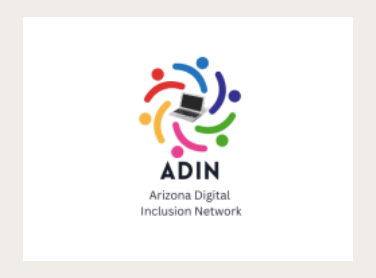
ADIN is a growing coalition of organizations and individuals from across Arizona working to advance affordable household and free public internet access, device ownership, digital skills training, online safety and technology support.

Connected Journeys: Stories of Broadband and Digital Equity
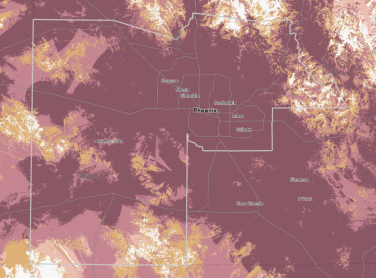
This page contains a StoryMap with analysis of changes from June 2023 dataset to December 2023 dataset.
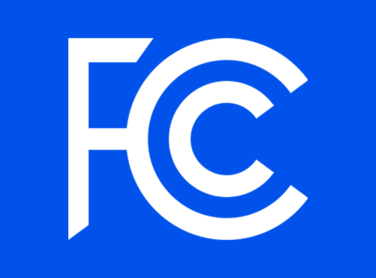
Mapping Broadband Health in America is a novel, interactive mapping platform created by the Connect2HealthFCC Task Force.

The Connect2HealthFCC Task Force’s (C2H Task Force) Advancing Broadband Connectivity as a Social Determinant of Health Initiative is based, in part, on the Task Force’s prior and ongoing research and analytics showing a significant correlation between increasing broadband access and improved health outcomes.
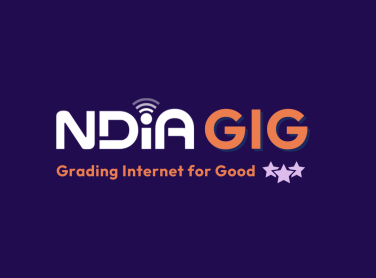
NDIA created a low-cost internet ratings system, NDIA Grading Internet for Good (GIG), to evaluate low-cost plans’ affordability and quality. Low-cost plans are graded using a rubric and given a Good, Better, or Best rating.
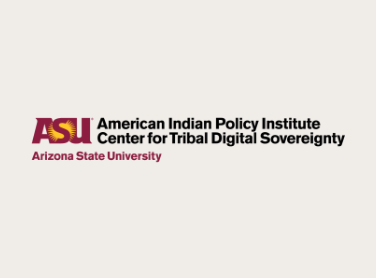
The American Indian Policy Institute is home to the newly formed Center for Tribal Digital Sovereignty, formed in partnership with the National Congress of American Indians. This Center is the first and only one in the nation dedicated to helping tribal governments, leadership, and communities understand the complexities of digital sovereignty. It provides access to resources and serves as a clearinghouse for tribal digital sovereignty. The center works towards the following goals and concepts: scholarship, capacity building, policy research and advocacy, and forming a coalition of organizations that work together to support tribes.

Through ARPA Funding, the goal is to connect every Yavapai County residence, business, and community anchor institution with high-speed internet. Read more about how Yavapai County Board of Supervisors approved $16,883,047 in American Rescue Plan Act (ARPA) funds to provide access to high-speed Internet to 13,794 locations across Yavapai County.
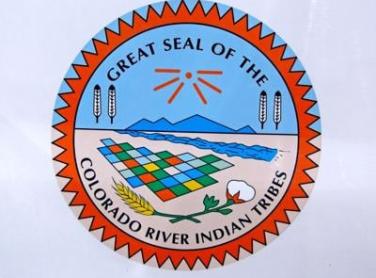
Jun 14, 2023
The Biden administration on June 12 announced it will send $714 million to help rural areas in 19 states connect to the internet, including $25 million for the Colorado River Indian Tribes.
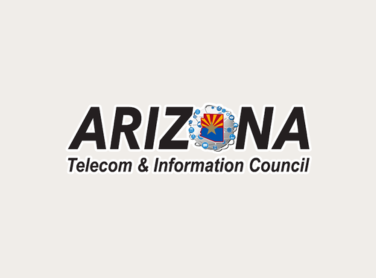
The Arizona Telecommunications and Information Council (ATIC) is a non-profit organization of business, government, academic, and other relevant participants that provides expertise to effectively guide telecommunications and digital technology policy development and deployment in the state of Arizona and serves as a leading source of expertise on broadband technology matters.
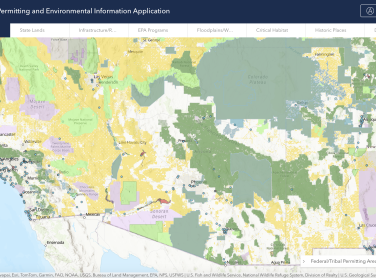
This Application was created to help with permitting planning and environmental review preparation efforts by providing access to multiple maps from publicly available sources, including federal review, permitting, and resource agencies, as well as information about infrastructure and right of way.
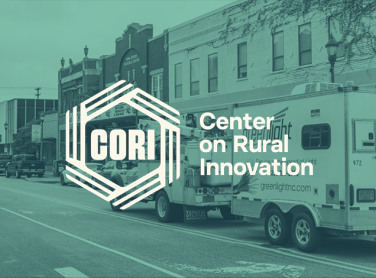
The Center on Rural Innovation (CORI) has created a suite of BEAD application resources and an interactive mapping tool to help smaller ISPs be more competitive when applying for this historic funding.
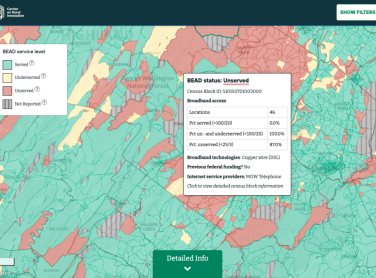
This map from The Center on Rural Innovation (CORI) allows potential BEAD applicants to explore eligible project areas, view project areas funded by previous federal grants, and easily see existing ISP footprints in potential deployment areas. The tool is designed to support efficient initial assessments of eligibility by census block, and the creation of a high-level grant strategy based on that eligibility.
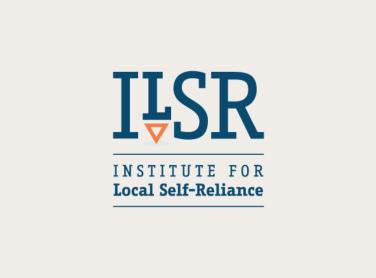
The Community Broadband Networks (CBN) initiative is a program of the Institute for Local Self-Reliance, a national research and advocacy nonprofit focused on fighting corporate control and building an American economy driven by local priorities. CBN works with a diverse group of allies, partners, and local communities on policies to improve local Internet access. We also research and document what communities around the country are doing to improve access to high-quality broadband networks.
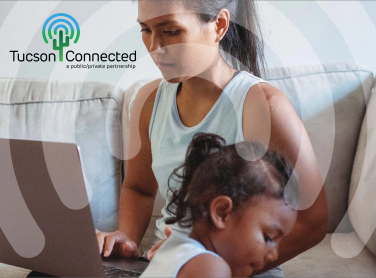
A collective public/private campaign aimed at eliminating the gap between Tucsonans who have access to telecommunications – and the educational, economic, and social advantages connectivity brings – and those who do not. A project fund of the Community Foundation for Southern Arizona, the coalition for Tucson Connected works together to deliver strategies that reduce and eliminate historical barriers to technology access and use.

T-Mobile has taken steps to address digital equity through its "Project 10 Million," which offers free internet access and mobile devices to eligible students and their families. The program aims to bridge the homework gap and provide equitable access to educational resources.

Cox is committed to promoting digital equity through various programs and initiatives. One of their notable programs is Connect2Compete, which aims to bridge the digital divide by offering affordable internet access and devices to low-income families with school-aged children. Connect2Compete provides discounted internet service plans, digital literacy training, and access to affordable devices, ensuring that students have the tools and connectivity they need to succeed academically. Cox is a provider of the Affordable Connectivity Program and also works in collaboration with community organizations on STEM programs and engages in robust community outreach.

AT&T has been involved in numerous initiatives related to digital equity. Through its "AT&T Connect All" program, the company aims to bridge the digital divide by providing affordable internet access and devices to underserved communities. AT&T also offers workforce training programs and supports STEM education initiatives.
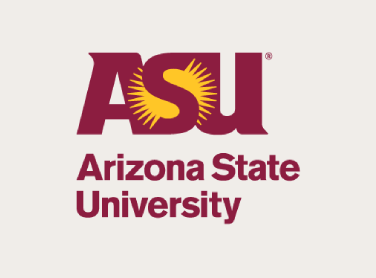
Arizona State University works to advance digital equity in Arizona. The university offers a range of programs including workforce development, financial and digital literacy, disability services, career services, and research initiatives related to technology and innovation. ASU’s robust community outreach programs, research collaborations, and innovative partnerships, seek to address the barriers faced by underserved communities including challenges related to accessing and utilizing technologies.

Arizona's Broadband Equity, Access and Deployment (BEAD) Program is the largest broadband investment in the state's history with the principal objective of universal broadband access for all.